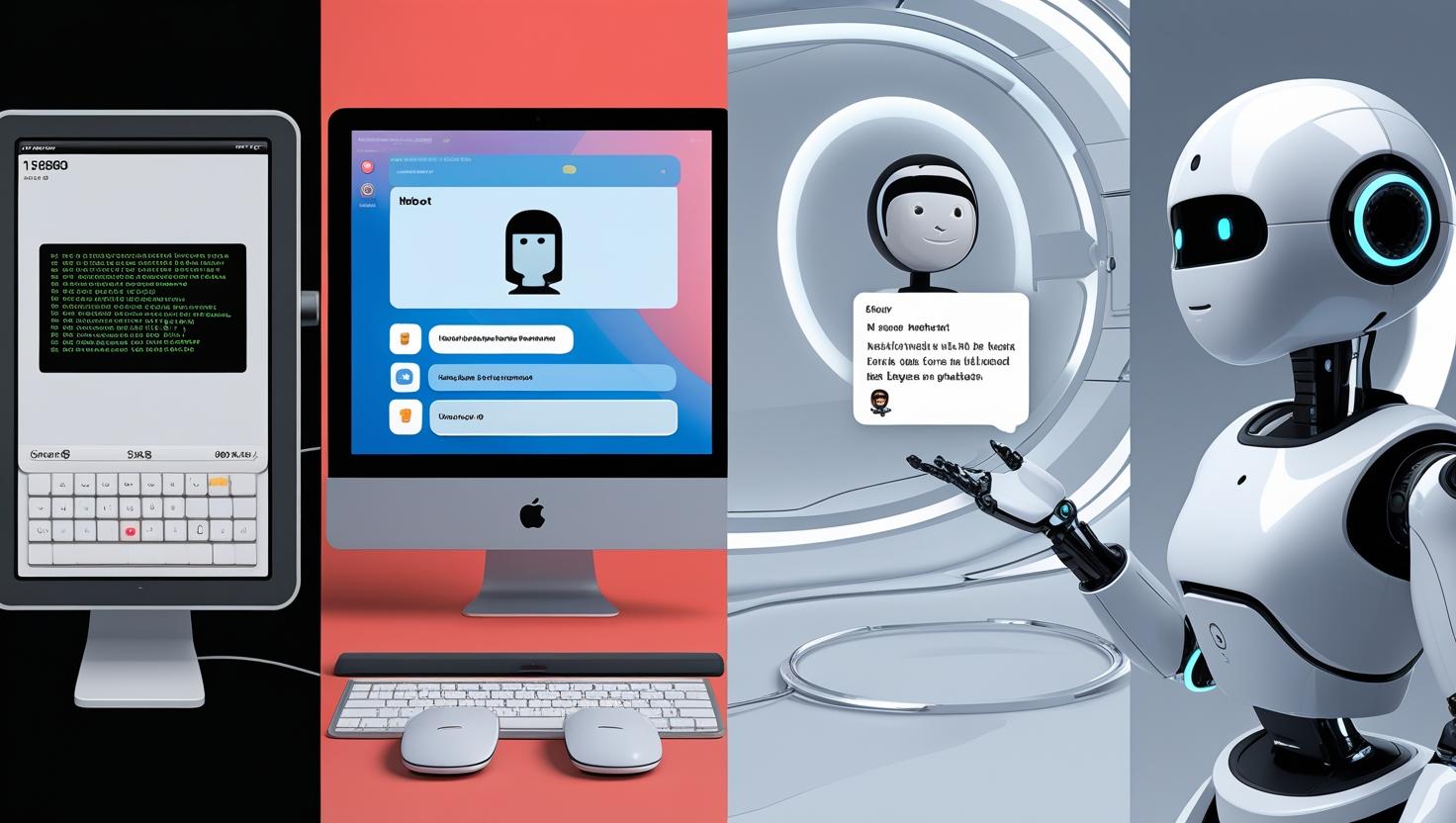Employee experience (EX) has become one of the most important differentiators in today’s workplace. It’s not just about perks or benefits, it’s the sum of every interaction employees have with their company, from their first day to their career milestones. When done well, EX creates a sense of support, purpose, and belonging. When it’s neglected, employees feel disconnected, frustrated, and more likely to leave.
AI is stepping into the spotlight as more than just a back-office tool for efficiency. It’s actively shaping how employees experience work, making daily interactions smoother, more personalized, and less frustrating. Here are five ways AI automation is transforming the employee experience into something more engaging and future-ready.
1. From Reactive to Proactive Support
Traditionally, employees had to raise a ticket or email HR, IT, or Finance whenever they needed help. Answers might take hours or days, and in the meantime, productivity stalls. This reactive model often left employees feeling like support was an obstacle rather than an enabler.
AI changes the equation by offering proactive support. A digital assistant can anticipate employee needs based on patterns like role, tenure, or recent activities. For example, a new manager might automatically be provided with guides for conducting their first performance reviews, or an employee nearing their benefits enrollment deadline could receive a timely reminder. This shift ensures employees don’t just get help when they ask, they get guidance before they even know they need it.
2. From Generic to Personalized Experiences
For years, employee programs followed a “one-size-fits-all” design. Everyone received the same corporate emails, the same compliance training, and the same career development suggestions, regardless of whether it was relevant to their role or interests. This often left employees disengaged and uninspired.
AI enables true personalization. Employees can receive updates filtered by location or department, ensuring they see only what matters to them. Learning platforms can recommend training courses aligned with their current skills and career goals. Even job postings can be tailored, with AI surfacing internal opportunities that match an employee’s aspirations. This level of personalization demonstrates that the company sees employees as individuals and is committed to helping them succeed in their own unique journey.
3. From Waiting for Answers to Getting Them Instantly
Few things frustrate employees more than waiting for simple answers. Questions like “When is the next holiday?” or “Where do I find the PTO form?” shouldn’t require a ticket, an email chain, or a deep dive into a cluttered intranet. Yet in many organizations, delays of hours or even days are still common.
AI assistants remove this barrier by delivering verified answers in seconds, at any time of day. Employees don’t have to chase down managers or sift through outdated documents; they can simply ask and receive accurate, consistent information. For HR and IT, this reduces the flood of repetitive inquiries, freeing them to focus on complex issues that require human judgment. The outcome is a workplace where employees feel empowered and respected, and support teams can operate more strategically.
4. From Unclear Career Paths to Data-Driven Growth
Career development has historically been a source of frustration. Many employees are left wondering what it takes to advance, which skills they should build, or what opportunities exist within the company. Without clarity, career growth feels like a guessing game, one that often leads to disengagement or turnover.
AI brings much-needed transparency. By analyzing employee skills, performance, and interests, AI can highlight career paths that fit their profile and outline the exact skills needed to progress. It can recommend mentors, suggest stretch assignments, and connect employees with learning resources that fill gaps. Instead of navigating blindly, employees gain a clear roadmap for growth. This not only builds confidence but also strengthens loyalty, as employees see a future for themselves inside the company.
5. From Annual Surveys to Real-Time Insights
For decades, companies relied on annual engagement surveys to gauge employee sentiment. While useful, these surveys often paint an outdated picture, by the time results are compiled, the underlying issues may have already worsened.
AI enables organizations to stay in tune with employees continuously. By analyzing anonymized communication patterns or through short, frequent pulse checks, AI can highlight trends in morale, burnout, or disengagement as they happen. Leaders gain the ability to act quickly, addressing small issues before they become systemic problems. For employees, it means their voices are heard more consistently, fostering a stronger sense of trust and responsiveness from leadership.
The employee experience is shifting from reactive, generic, and delayed to proactive, personalized, and immediate. AI is at the center of this transformation, removing friction, creating clarity, and ensuring employees feel supported at every stage of their journey.
Are you still managing your employee experience with yesterday’s tools? It’s time to explore how AI can help you build a workplace where your employees can truly thrive.








